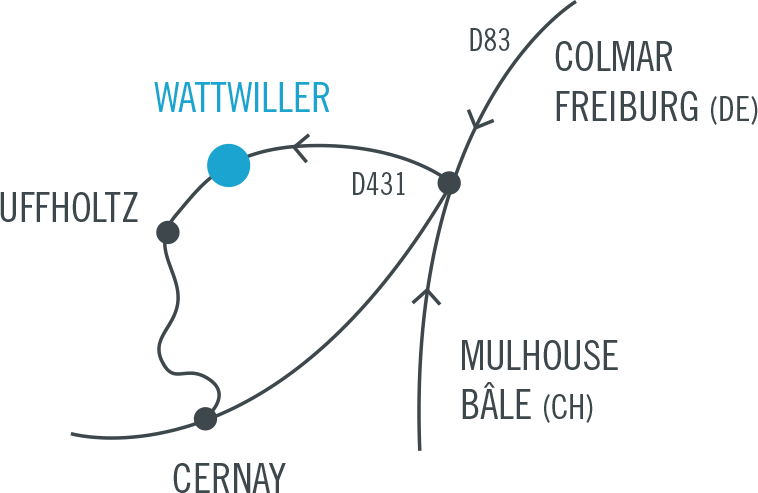Les Ruisselantes, is a living painting of a female figure, the painting of a body trembling in the rain, of a decomposing statuette, of a disarticulated doll perhaps also or of a goddess who is cut out in an apocalyptic landscape where only the sound of water resonates.
For 16.47 minutes, the spectator discovers a filmed performance, where water and earth are united and a figure soaked in mud and liquid is gently stirring. Nour Awada stayed in the Amazon in 2011, as part of an artist residency – with the collective le degré 7 -, preceding the creation of Les Ruisselantes. During this period of apprenticeship with local potters, she experienced the sacred use of the earth, the process of searching for it in deposits, becoming aware of its preciousness. It is necessary to be in silence to pick it up. Rite in itself, this experience of gesture and creation is a precursory moment in her work.
With Les Ruisselantes, shot in a field in the north of France, in the open air, drawing from the ground water table and putting this body to the test under 5 degrees of water, it is both a rite of purification but above all a rite of passage that is highlighted: Nour Awada pushes the limits of her body, as an individual artist and as a woman artist, she goes from the state of a young art graduate to a more assertive, more emancipated artist. The founding work of all that will follow in her career, Les Ruisselantes is the genesis of her work.
The performance that she has been practicing regularly since then – and for which she has set up a rare research laboratory (LAP, Laboratoire des arts de la performance) – is one of her preferred creative tools. The quest for physical exhaustion allows a state leading to a stronger truth, a more exacerbated reality. It is also a communion with the public.
The figure of feminine, religious ecstasy, the form of contortion in the history of art, are the artist’s current subjects of research. They appear as the natural continuation of the spiritual and mythological exploration undertaken by Nour Awada.
Les ruisselantes
Nour Awada
Nourished by a double culture, Lebanese and French, Nour Awada studied sculpture at the Beaux-Arts de Paris from which she graduated in 2012. Raised in a progressive family, between Beirut and Paris, with a deeply feminist father, the artist has a widely engaged reflection around the female body: a body confronted with the contradiction of tradition vs. hyper modernity in Arab culture and the identity conflicts that arise from it. Sculpted (Glory Hole II – 2012, the relics of the blue beard – 2016, The sleeping woman – 2018…) or filmed (blue – 2015, black – 2015…), the woman has been central to this work for the last ten years or so and is revealed in fragments or in its entirety.
